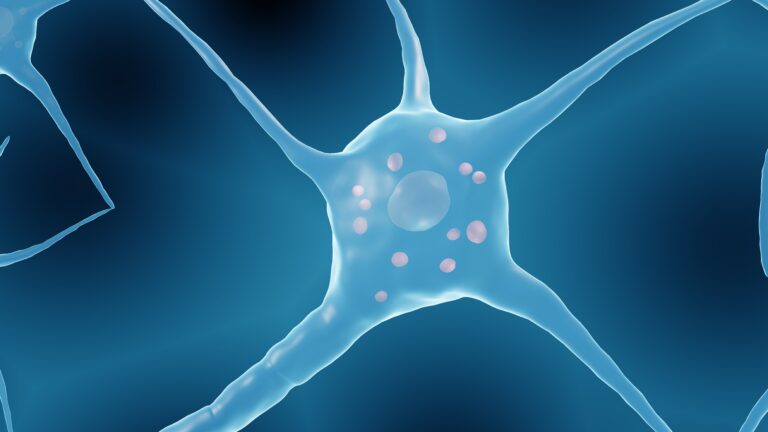Alzheimer’s disease is a progressive neurodegenerative disorder that affects millions of people worldwide. It is the most common form of dementia, accounting for 60-80% of all cases. The disease is characterized by a decline in cognitive and behavioral function, leading to memory loss, disorientation, and ultimately the inability to carry out everyday tasks.
One of the biggest challenges in managing Alzheimer’s disease is predicting its progression. Due to the complexity of the disease, it is difficult for doctors and caregivers to accurately predict how it will progress in each individual patient. However, with the advancements in technology and the rise of machine learning, there has been a significant improvement in the prediction of Alzheimer’s progression.
So what exactly is machine learning? In simple terms, it is a subset of artificial intelligence that involves training algorithms to learn from data and make predictions or decisions without being explicitly programmed. In the case of Alzheimer’s progression prediction, machine learning algorithms are fed with data from past cases to learn patterns and make accurate predictions for future cases.
One of the main advantages of using machine learning in Alzheimer’s prediction is its ability to analyze vast amounts of data and identify patterns that humans may miss. This is crucial in predicting the progression of the disease, as there are many factors that can influence its development, such as genetics, lifestyle, and environmental factors. Machine learning algorithms can take all these factors into consideration and make more accurate predictions.
There are various techniques used in machine learning for Alzheimer’s progression prediction, such as supervised learning, unsupervised learning, and reinforcement learning. Supervised learning involves training an algorithm on a labeled dataset, where each data point is labeled with the correct outcome. This technique is useful in predicting specific outcomes, such as whether a patient will develop Alzheimer’s within a certain time frame.
Unsupervised learning, on the other hand, does not use labeled data but instead identifies patterns and clusters within the data. This technique is useful in detecting early signs of Alzheimer’s in patients who have not yet been diagnosed with the disease.
Reinforcement learning involves training an algorithm to make decisions based on rewards or punishments. This technique has been used in predicting the effectiveness of different treatment plans for Alzheimer’s patients.
One of the notable studies that used machine learning in Alzheimer’s progression prediction was conducted by researchers at the University of California, San Francisco. They developed an algorithm that uses data from brain scans to predict the progression of Alzheimer’s disease with an accuracy of 84%. The algorithm takes into account various factors such as brain volume, age, and the presence of amyloid plaques in the brain, which are known to be linked to the development of Alzheimer’s.
Another study conducted at Washington University in St. Louis used machine learning to predict cognitive decline in individuals with mild cognitive impairment (MCI). The researchers were able to accurately predict the progression from MCI to Alzheimer’s disease using data from brain scans and cognitive tests.
Some companies have also developed machine learning-based tools for Alzheimer’s progression prediction. For instance, Cognetivity Neurosciences has developed a digital cognitive assessment tool that uses machine learning algorithms to detect early signs of Alzheimer’s by analyzing changes in brain function.
The use of machine learning in Alzheimer’s progression prediction is still relatively new, and more research is needed to fully understand its potential. However, it has already shown promising results and has the potential to greatly improve the management of Alzheimer’s disease. With accurate predictions, doctors and caregivers can develop personalized treatment plans for patients, improving their quality of life and potentially slowing down the progression of the disease.
It is worth noting that machine learning algorithms are not meant to replace doctors or medical professionals but rather assist them in making more accurate predictions and decisions. Additionally, to attain accurate predictions, these algorithms require large datasets, which may be challenging to obtain in some cases.
In conclusion, machine learning has the potential to revolutionize the prediction of Alzheimer’s progression. With its ability to analyze vast amounts of data and identify patterns, it can accurately predict the development of the disease and aid in its management. As technology continues to advance, we can expect further advancements in machine learning techniques for Alzheimer’s prediction, providing hope for more effective treatments and a better quality of life for those affected by this devastating disease.





